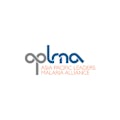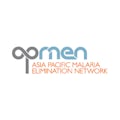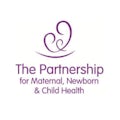Gender equality, disability, and social inclusion in malaria services
Malaria and Social Inclusion
Malaria and Social Inclusion

Leaving no one behind requires understanding, acknowledging, and rectifying inequities in accessing malaria services.
On This Page
- Key Principles of Malaria and Social Inclusion
- Policy Recommendations on Malaria and Social Inclusion
- Additional Resources for Malaria and Social Inclusion
Malaria is a disease of the rural poor and the at-risk groups. Pregnant women and young children face a higher risk because of reduced immunity. The elderly and people living with disabilities are also at greater risk due to the impact that reduced mobility or negative attitudes can have on their ability to seek health services.
The needs of such communities in terms of malaria prevention and treatment, however, are often not adequately met. For example, women may lack information, agency, or the economic means to seek diagnosis and care for malaria. Similarly, people with disabilities may not be able to read health information campaign materials. In the Greater Mekong Subregion (GMS), seasonal and mobile forest workers who are predominantly young men, are most exposed to malaria vectors yet have limited access to health services.
Decision making power structures can also impact access to care. If a woman is a joint decision-maker in a household, she is more likely to seek treatment on time for herself. The ability to access information, socio-economic status, and power dynamics all intersect with the ability of communities at risk to seek care.
Health policies including malaria responses need to ensure that all people, irrespective of their socio-demographic background including ethnic group, gender, sexual orientation, age and physical or intellectual abilities are protected and cared for.
Key Principles of Malaria and Social Inclusion
Malaria burden amongst at-risk communities
While malaria programs do collect gender and age disaggregated data, the extent to which it is routinely used to tailor malaria strategies to address gender vulnerabilities is unclear. The COVID-19 pandemic has revealed that even though the virus affects all people, the structural factors within the societies result in uneven impacts. In Papua New Guinea, malaria is among the top 5 causes of adolescent (10–14-year-old) life years lost (DALY). This further highlights the importance of using disaggregated data by gender, sexual orientation, age, disabilities, ethnic groups and other social-economic background to better understand the impact of these underlying inequalities on malaria outcomes.
Encouragingly, Lao PDR’s LLIN distribution strategy from 2016 onward puts more emphasis on mapping, tracking and distribution to mobile and migrant populations (MMPs) in addition to continuing distribution to the resident populations in endemic areas.

Interventions centred around at-risk communities
It is important to advocate for the special needs of communities at risk, from pregnant women to children and people with disabilities or the elderly. The impact of malaria on these populations must be acknowledged and systematically integrated when designing health programs. For example, pregnant women who are biologically more at risk of malaria do not yet have access to adequate radical cures for P. vivax malaria. This should be noted and addressed in future efforts to strengthen the malaria response.
In 2012, Indonesia became the first country in Asia to introduce malaria screening and treatment as part of antenatal care. LLINs have also been distributed to pregnant women and children through targeted campaigns in high-endemic areas and during their first antenatal care visits.
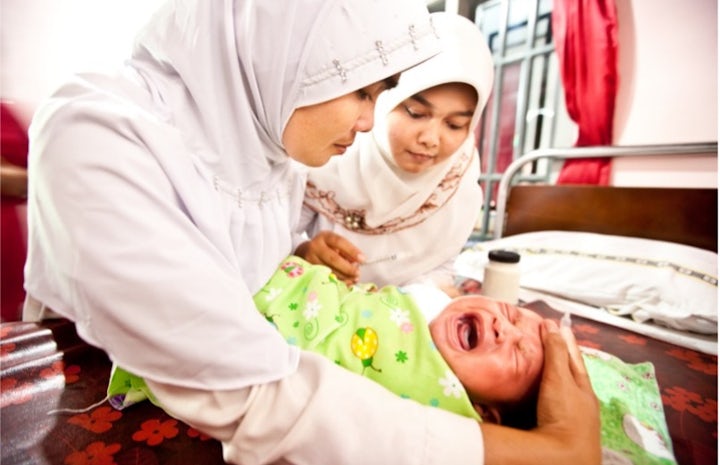
Inclusive leadership
All affected populations should be consulted in designing a health program. Few women occupy decision-making positions in research and policy settings in health. Yet the involvement of women in the prevention and response to malaria has helped in building community awareness and compliance to malaria services. Women as well as other at-risk communities should be consulted and integrated within the ministry, program, and healthcare response at field level.
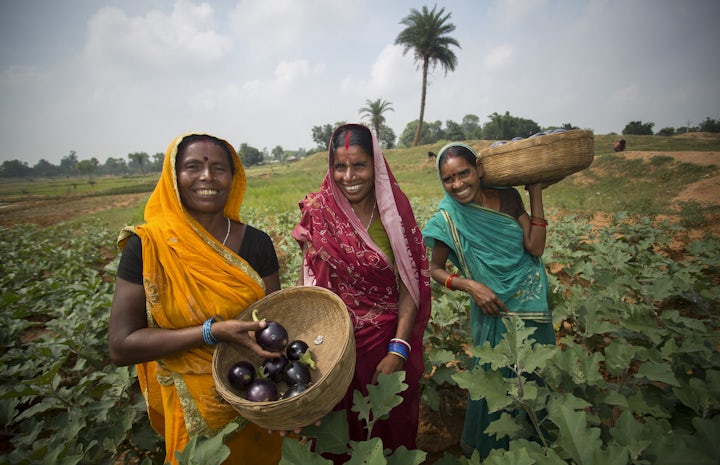
Policy Recommendations on Malaria and Social Inclusion
1. Promote evidence gathering on exposure of at-risk populations to malaria and access to services and commodities.
More data is needed on at-risk communities’ issues specific to Asia Pacific.
- Collect, share and use gender, age and disability disaggregated malaria data to better inform interventions.
- Support research institutions in Asia Pacific to generate local evidence on how these demographic factors intersects with social, cultural, and economic factors to shape malaria risk and access to services.
- Encourage research on the gender dynamics of community health worker positions, to appropriately support women in these positions.
- Promote operational research on new antimalarials and commodities for at-risk groups, including safe and effective prophylactic medicines for pregnant women and children, and long-lasting hammock nets for forest workers.
2. Integrate at-risk communities’ considerations in malaria strategies by applying a gender and social inclusion lens to malaria programming and targeting services to the most at-risk first.
- Integrate malaria services with Sexual, Reproductive, Maternal, Newborn, Child and Adolescent Health (SRMNCAH) services to protect all women and children better. For example, ensure the distribution of LLINs, provision of IPTp, prevention and case management for children through SRMNCAH interventions.
- Use and report on gender disaggregated data to inform malaria interventions.
3. Promote a multisectoral and whole of government approach for inclusivity by engaging the private sector and civil society in the malaria response.
Solutions to tackle gender and social inclusion barriers for malaria testing and treatment can often be found outside the health sector.
- Work across sectors including with non-health ministries and departments that focus on education, food and agriculture, women and child development, tribal affairs, community development, finance, planning and economic development.
- Empower women to be agents of change by creating leadership opportunities for women in the health sector and malaria research and programming. Implement financial incentives and safer working conditions to create a better enabling environment for female frontline workers serving communities with a high malaria burden.



